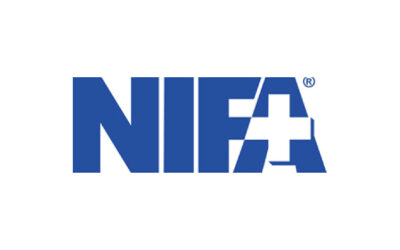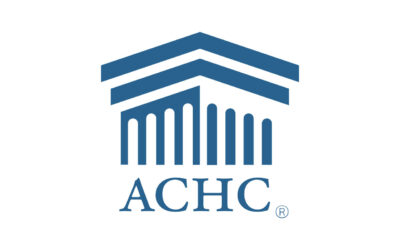By William Pentice
Three recent studies are challenging conventional wisdom about the U.S. health care marketplace that has prevailed for many years. The trends that the studies reveal could have profound effects on the ways that ASCs and other health care service providers do business.
In the past, due largely to the health insurance options available in the U.S. at the time, health care analysts routinely observed that patients had little or no interest in the total cost of their care and would obtain the care they needed without question in whatever facility their physician recommended. Two of these three recent studies, however, suggest that faced with high-deductible health insurance plans and a need to shoulder a greater percentage of the costs of their health care, Americans have begun looking for and comparing prices before getting care.
Public Agenda, a nonprofit, nonpartisan consensus-building organization, conducted the most recent of these two studies late last summer with support from the Robert Wood Johnson Foundation. After surveying 2,010 adults, in a report titled “How Much Will It Cost: How Americans Use Prices in Health Care,” the researchers concluded that 56 percent of Americans have actively looked for health care prices before getting care. They also found that about one in five Americans, or 21 percent, have compared prices across multiple providers and that those who have compared prices say doing so has affected their choices and saved them money.
Other findings from that study that run counter to long held beliefs about the U.S. health care system were that 71 percent of Americans do not think higher prices indicate better quality care and 63 percent do not think lower prices are typically a sign of lower quality care. Also of note, 57 percent of insured and 47 percent of uninsured Americans are not aware that providers might charge different prices for the same services.
The second study demonstrating a trend toward consumer-driven health care choices was conducted on California Public Employees Retirement System (CalPERS) patients between January 2009 and December 2012 and published in Health Affairs in March 2015. Specifically, researchers looked at a reference-based benefit (RBB) policy initiated by CalPERS for cataract surgery. Under this policy, patients who choose an ASC for their procedure do not have to pay anything but those who choose a hospital outpatient department (HOPD) have to pay the difference between the actual price charged by the provider and the CalPERS contribution. After controlling for a number of variables, the researchers’ key findings include:
• The RBB policy was associated with an 8.6 percent increase in ASC use in comparison to a control group. By 2013, 91.4 percent of CalPERS members were using an ASC compared to 79.6 percent of the control group.
• In the year following the implementation of RBB, the average price paid by CalPERS for cataract surgery declined by 10.2 percent as a result of the shift by its members to lower-priced ASCs.
• In the first two years after implementation, RBB for cataract surgery saved CalPERS $1.3 million.
The third study that upends some traditional health care management theory was published in February 2015 by the National Academy of Social Insurance. In this study, researchers set out to find support for the societal and cost control-benefits believed to be associated with integrated delivery networks (IDNs), which they defined as either vertically integrated health services networks that include physicians, post-acute services and/or health plans or fully integrated provider systems inside a health plan. Instead, what they found was evidence that IDNs have raised physician costs, hospital prices and per capita medical care spending. They also found that, for providers, greater investments in IDN development are associated with lower operating margins and return on capital. You can read more about the methodology used to conduct the study and the researchers’ other findings in their final report “Integrated Delivery Networks: In Search of Benefits and Market Effects.”
Considered together, these three studies reveal two essential truths about health care that ASCs and others working to provide the best care and value to their patients cannot ignore. First, patients are becoming savvier health care consumers who are more interested in obtaining the information they need to make informed choices related to their care. Second, health care is changing, and all health care service providers need to re-examine some of the conventional wisdom behind the policies and procedures that they have in place today so that they can make the changes needed to be able to meet and exceed the needs and expectations of their patients in the future.
The ASC community has long supported increased quality and price transparency and long questioned the benefits of consolidation in the health care marketplace. Once again, ASCs are at the forefront of new developments that put patients first and are helping to define the future of patient-focused care.
William Prentice is the chief executive officer of the Ambulatory Surgery Center Association.








